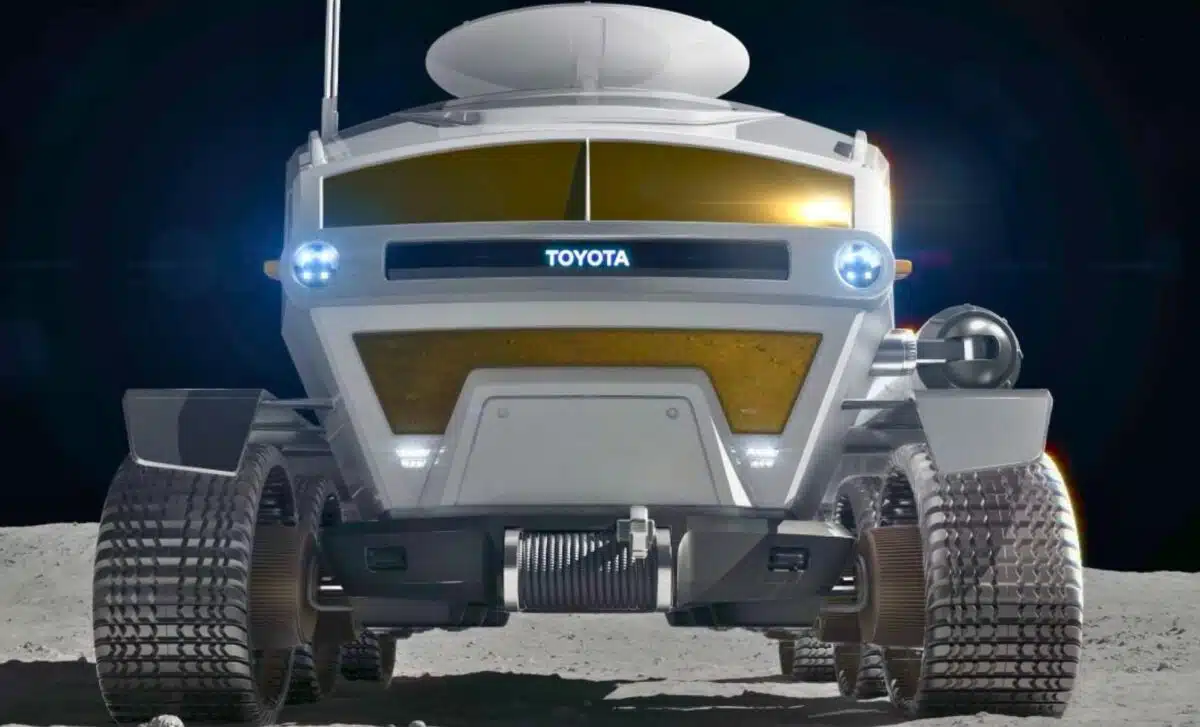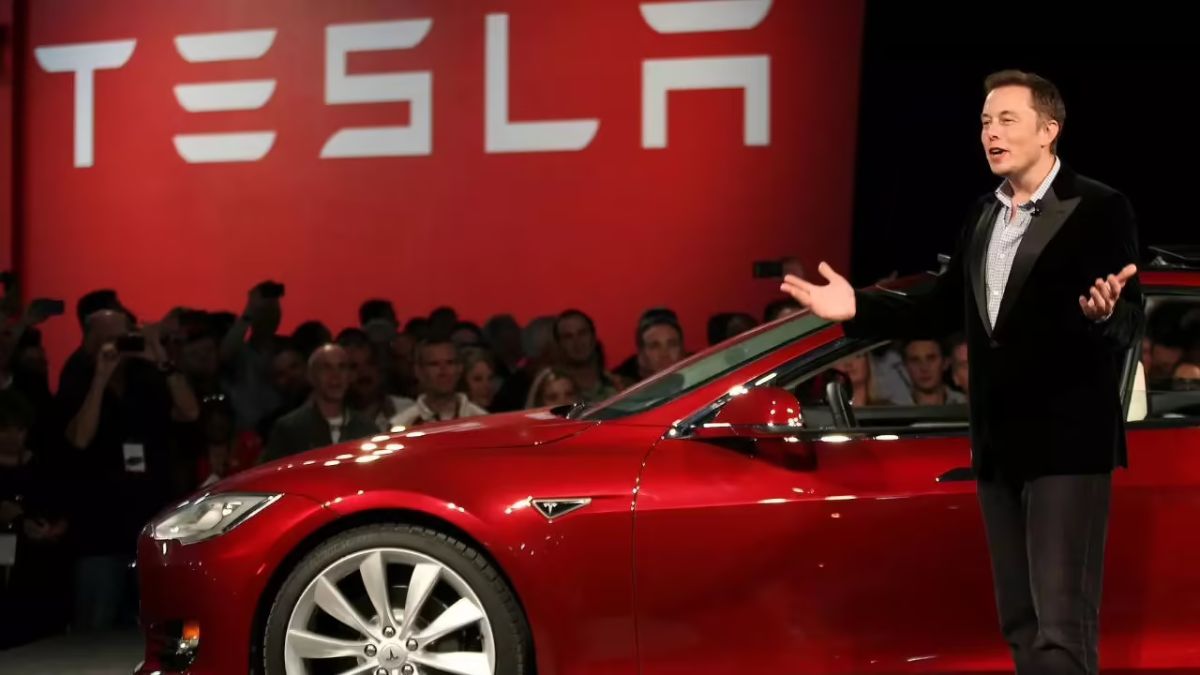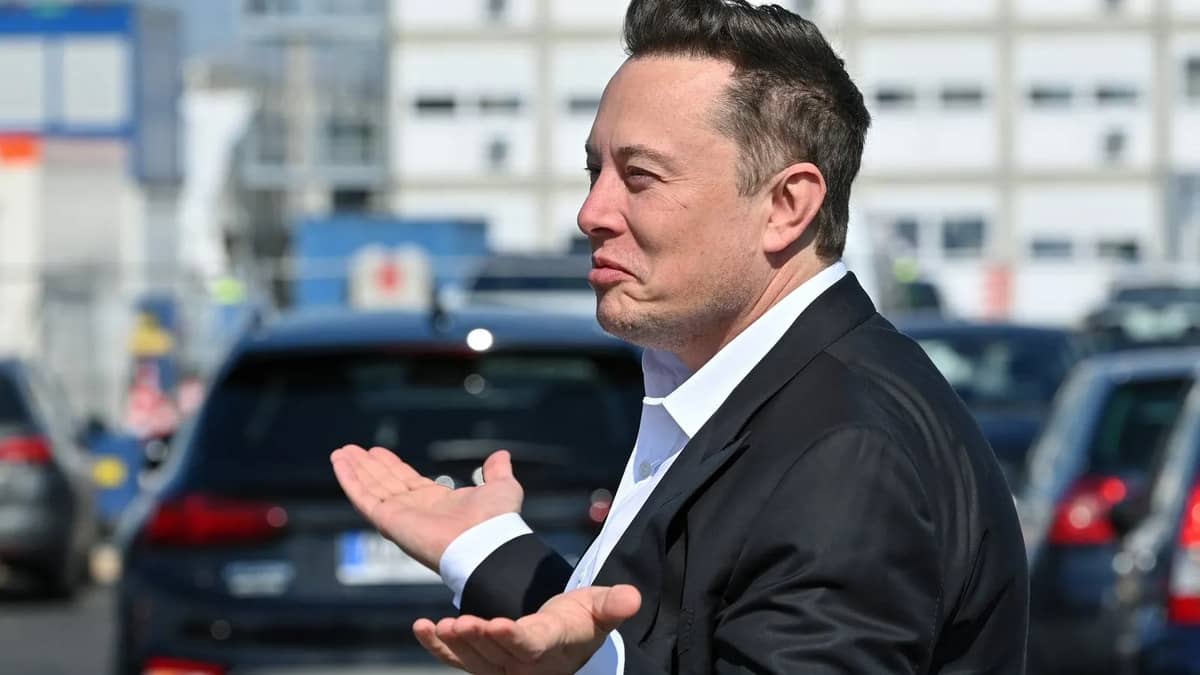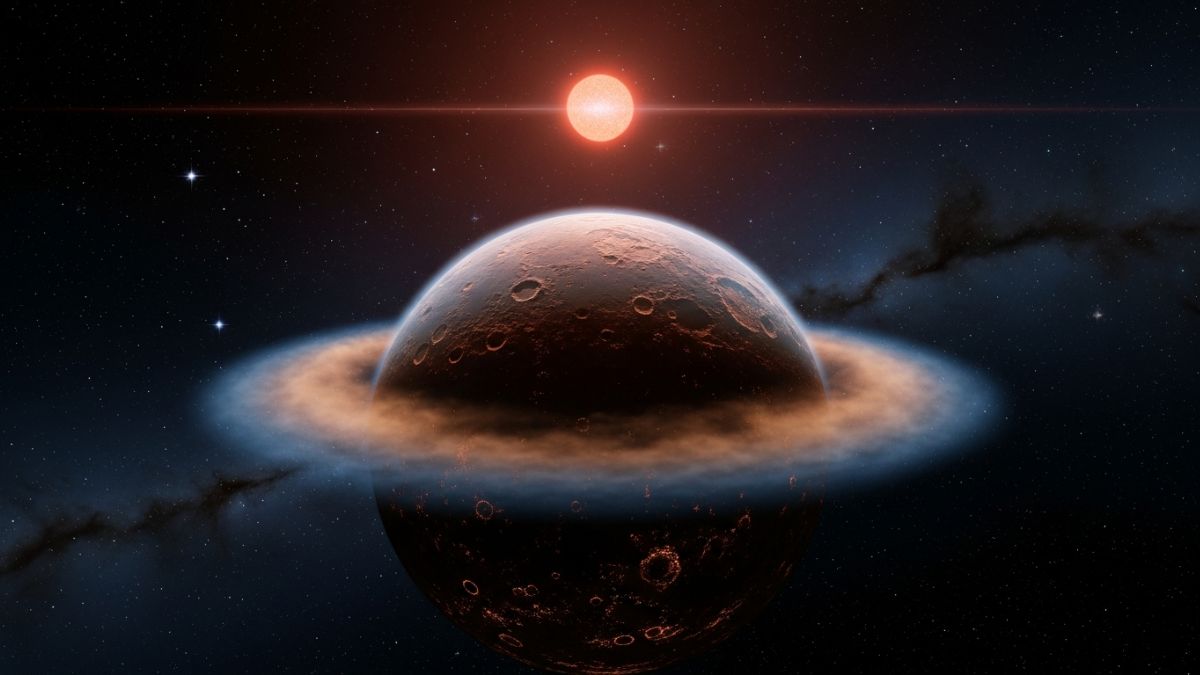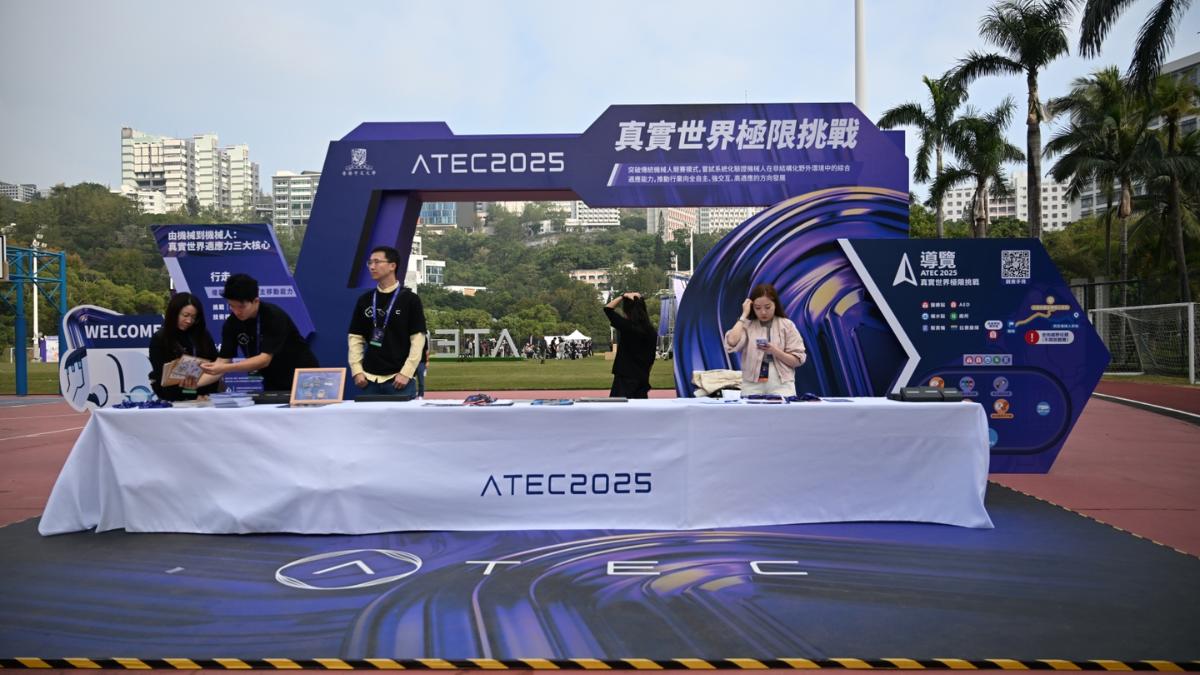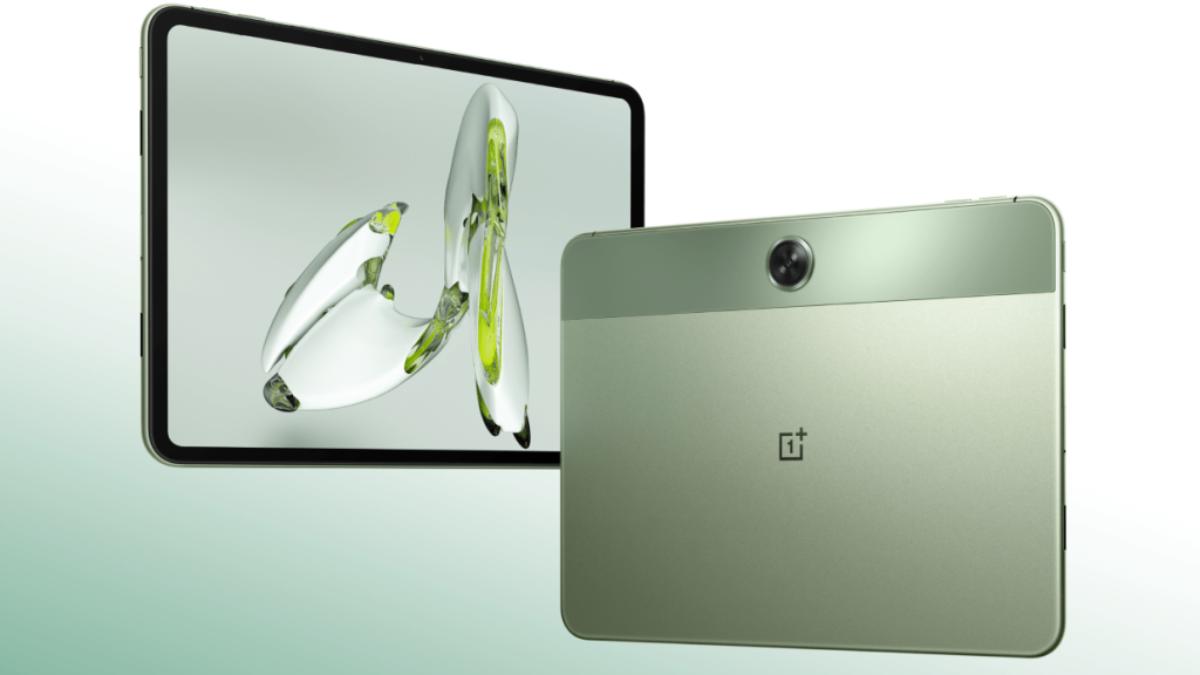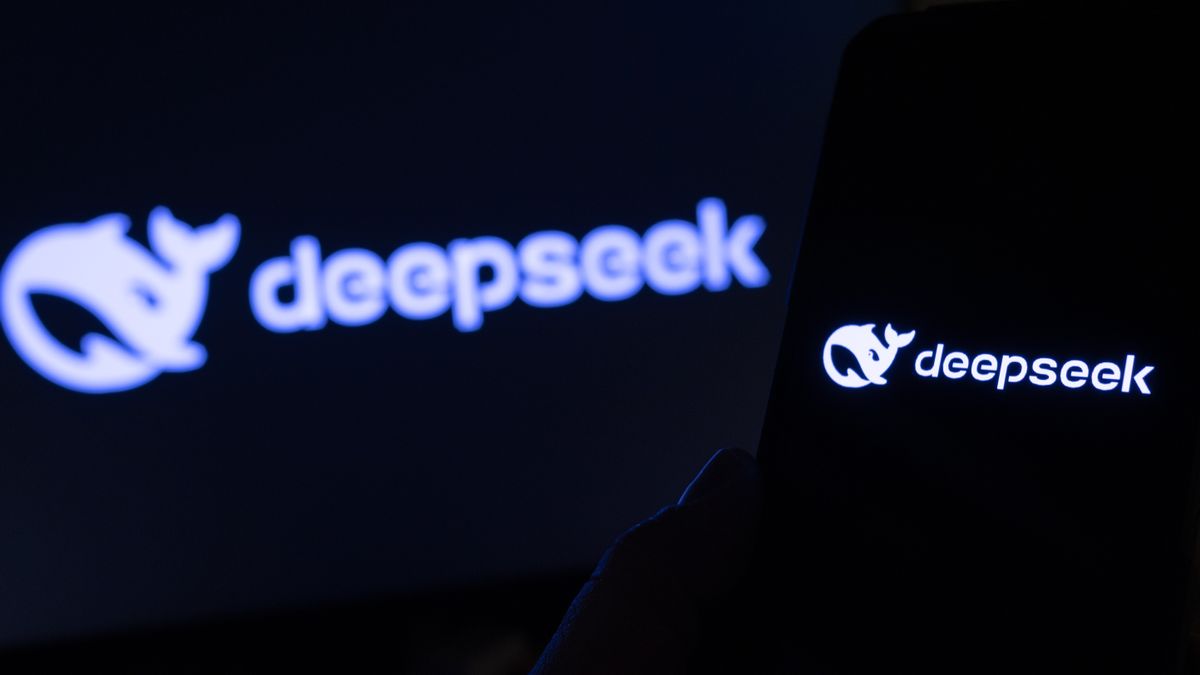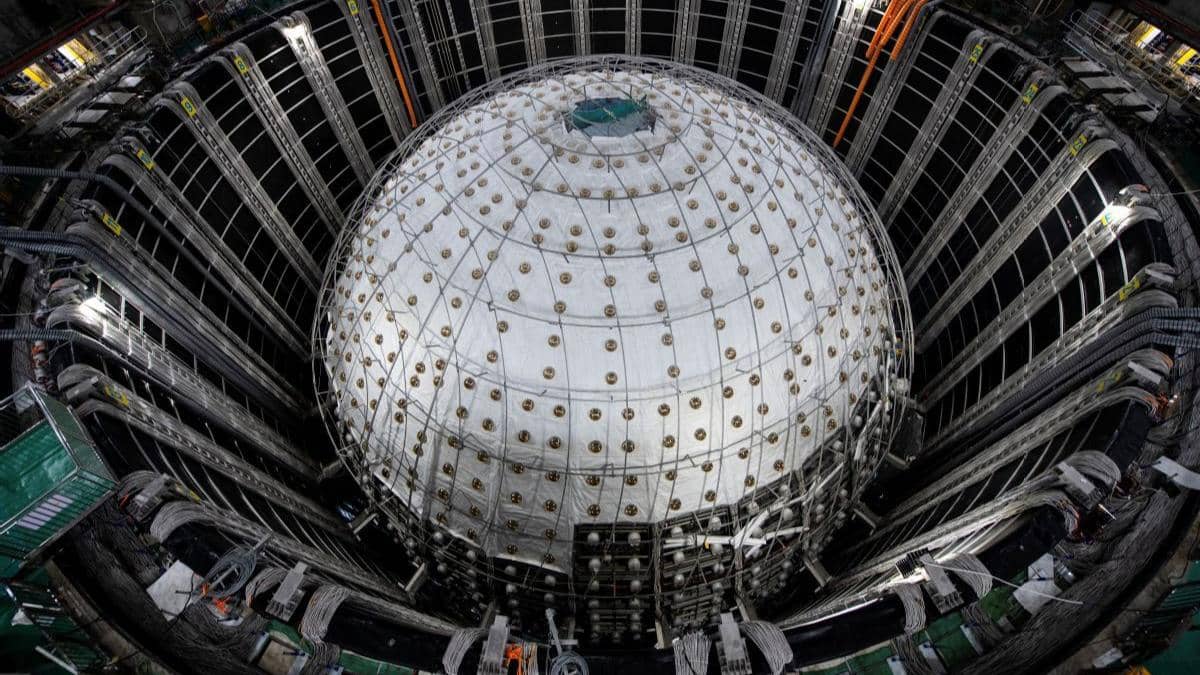NASA’s Artemis program has announced an unexpected partnership with Toyota to send a Lunar Cruiser to the moon, transported by SpaceX.
This surprising choice raises the question: why Toyota instead of Tesla? Here’s what we know about the Lunar Cruiser and its role in NASA’s ambitious lunar exploration plans.
Toyota’s Lunar Cruiser: A Hydrogen-Powered Rover
Unveiled in 2019, Toyota’s Lunar Cruiser is designed to tackle the extreme conditions of the moon. With a hydrogen fuel-cell system, the rover can cover vast lunar terrains, enduring temperatures from -173°C to 120°C.
It’s built to support two astronauts and carry over 1,000 pounds of equipment, providing essential mobility for longer missions. Scheduled for launch in 2032, it will be deployed during the Artemis 6 mission, which focuses on exploring the moon’s South Pole.
Why Toyota and Not Tesla?
While Tesla’s electric vehicles are renowned for their cutting-edge technology, Toyota’s expertise in hydrogen fuel cells makes it an ideal fit for the Lunar Cruiser. This technology ensures the rover can perform efficiently over extended periods, which is critical for long-duration missions on the moon.
Tesla, known for electric cars, hasn’t ventured into the hydrogen-powered vehicle domain, making Toyota’s solution more suitable for the extreme lunar environment.
SpaceX and Blue Origin: Vital Partners
SpaceX, under Elon Musk, is tasked with delivering the Lunar Cruiser using a modified Starship rocket capable of carrying over 100 metric tons of payload to the moon.
In parallel, Blue Origin is responsible for transporting a lunar habitat, which will serve as a shelter for astronauts on extended missions. These collaborations are key to NASA’s plans for sustainable lunar exploration.
The Artemis Program: A New Era of Space Exploration
The Artemis program aims to establish a sustainable human presence on the moon by the 2030s, with missions like Artemis 3 (2026) focusing on the lunar South Pole—a region rich in water-ice that could support life and fuel future space missions.
The ultimate goal of Artemis is to use the moon as a stepping stone for human missions to Mars in the 2040s.

